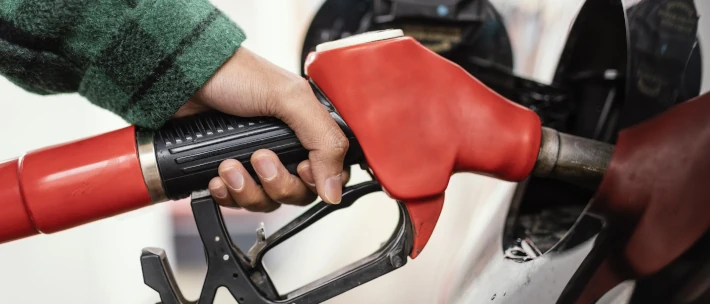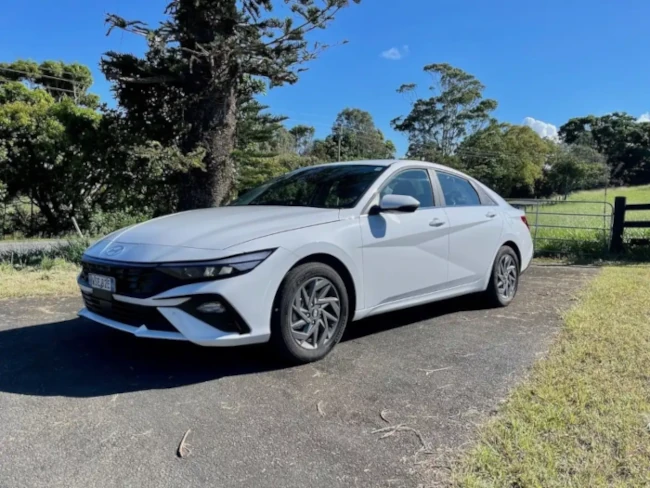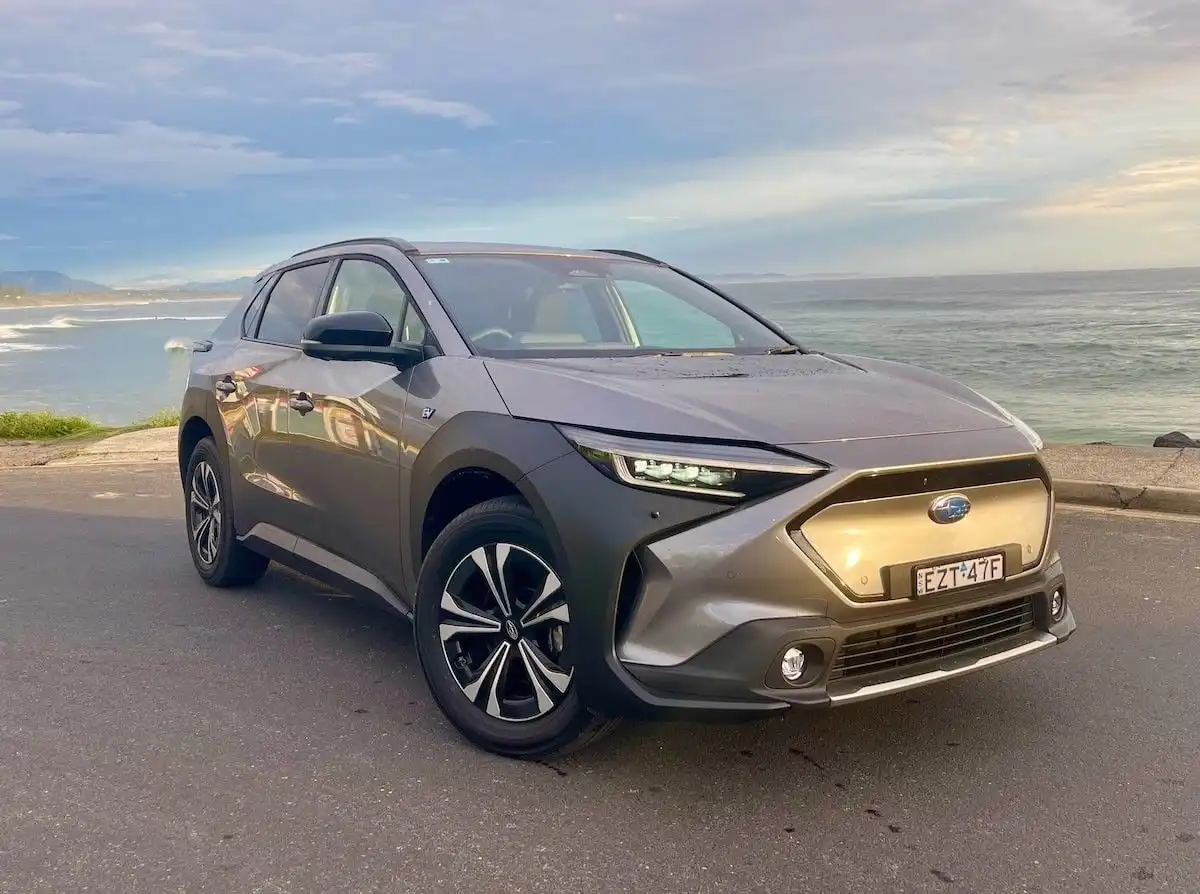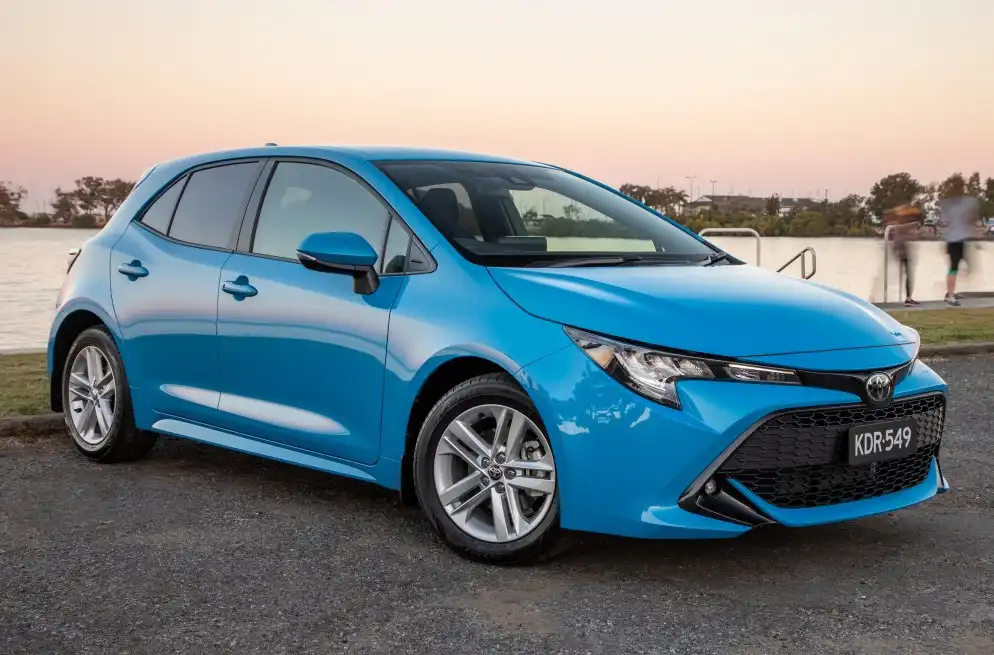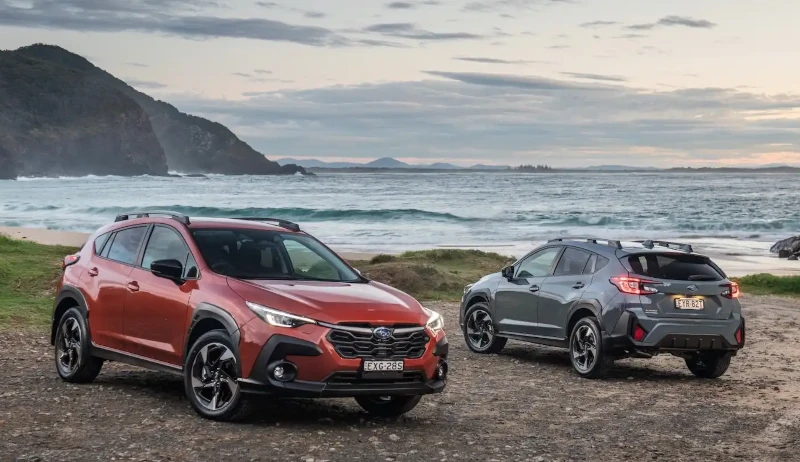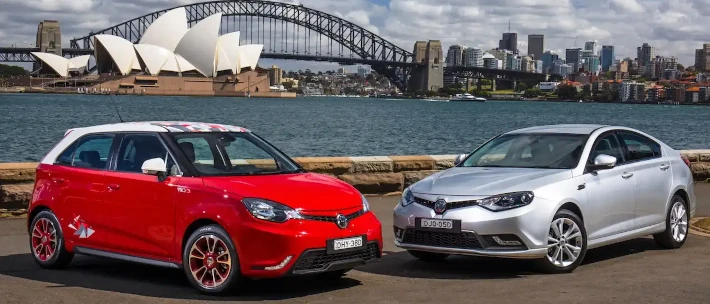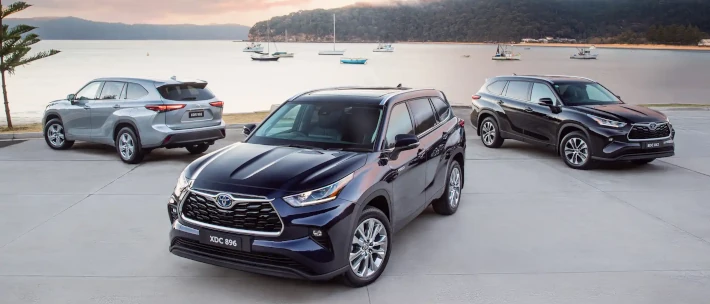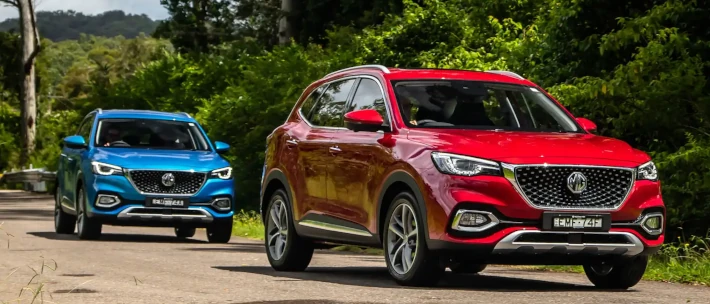It makes complete sense, considering that a fuel-efficient car, be it a family-friendly SUV or a work-ready ute, can save you thousands over its lifespan.
If you’re struggling to get your head around fuel economy figures - you’re not alone.
To help you out, let’s unpack the jargon and set some fuel-efficient standards of our own so you’re better equipped to shop around for a fuel-efficient new car.
Check our list of Family-Friendly SUVs with the Best Fuel Economy Figures
How is a Car’s Average Fuel Economy Measured?
Before we can get into the details, it’s important to know just how a car’s fuel economy figures are measured.
Manufacturers that sell a vehicle here in Australia are required to test its fuel economy figures under the Australian Design Rule (ADR) 81/02 before slapping it with an official fuel economy score.
This is, essentially, a way to test fuel economy figures for passenger cars and light commercial vehicles without manufacturers getting overly ‘optimistic’ about the fuel efficiency of their cars.
What do Average, or ‘Combined’ Fuel Economy Figures Mean?
While a new car’s fuel economy figures are being tested, it will be put into two different driving situations.
-
Urban cycles simulate daily driving in a metropolitan area, which includes quite a bit of stop-start traffic, hovering around the 60km/h mark, back to zero and then back up to speed again.
-
Extra urban cycles simulate driving on an open road; think of highway driving at 110km/h for a long period of time, or driving on a country road.
-
Average or ‘combined’ fuel consumption figures are a simple matter of averaging out that car’s fuel use from both tests; how it performs around town and on the open road.
Get in touch with one of our Car Buying Specialists today.
Request a quoteWhat Does L/100km Really Mean on the Road?
Once a car has done its testing and has a certified score for town, highway and its combined or averaged fuel economy figures, these are mapped out in a simple formula.
Litres per 100km, shortened as L/100km, means how many litres of fuel that vehicle will consume over the course of 100km of driving. Let’s use the entry-level Hyundai i30 as an example.
-
The i30’s urban (driving around town) figures are 9.7L/100km, meaning it will drink 9.7-litres of fuel for every 100km you drive around town.
-
The i30’s extra urban (open-road driving) figures are 5.9L/100km, so 5.9-litres every 100km on the highway or on country roads.
-
This averages out to an average or combined fuel economy score of 7.3L/100km, which gives you a pretty good idea of how much fuel you can expect to use on a mix of town and highway driving.
Petrol vs Diesel for Fuel Economy
Generally, vehicles powered by a turbo-diesel engine offer better average fuel economy figures than their petrol siblings.
We’ll spare you the science, but diesel has a higher energy density, which offers more torque - the stuff that pushes you up to speed - and more than often returns better fuel economy figures than a petrol engine.
This is not always the case, though, particularly when it comes to hybrid engines that use a petrol engine, so be sure to take a closer look at average fuel economy figures across the range.
What’s Considered an ‘Efficient’ Fuel Economy Score?
As you can imagine, a car’s fuel consumption is determined by a number of things, most importantly, its size and weight.
That means that there’s no one fuel economy score that signifies a ‘fuel efficient’ car from a gas guzzler, though a general rule of thumb is that any car offering combined fuel consumption figures under the 6.0L per 100km is a solid performer.
Let’s map out some key market segments and tell you some of the best numbers in their segment to aim for.
-
Hatchbacks & Small Cars: 5.0L per 100km
-
Compact SUVs 6.0L per 100km
-
Midsize SUVs 7.5L per 100km
-
Large SUVs 8.0L per 100km
-
Single-Cab Utes 7.2L per 100km
-
Dual-Cab Utes 7.5L per 100km
-
Sports Cars: 9.0L per 100
-
People-Movers: 8.0L/100km
Hybrids and Plug-in Hybrids
While the figures we’ve listed above are currently the best car makers can do with a turbocharged petrol or diesel engine, hybrids and plug-in hybrids.
Without getting too bogged down, a hybrid uses some electrical assistance to either partially power the wheels, or power them altogether- with the petrol engine topping it up with charge.
This allows hybrids and plug-in hybrids to offer impressive fuel economy figures as low as 3.3L/100km.
You can learn all about the benefits of hybrid and plug-in hybrid tech in our explainer here.
Some of Australia’s most fuel-efficient hybrids include cars like the:
Need help finding a fuel-efficient car that’s a perfect match? Let one of our car buying specialists give you a shortlist and find the best possible price on the market.
